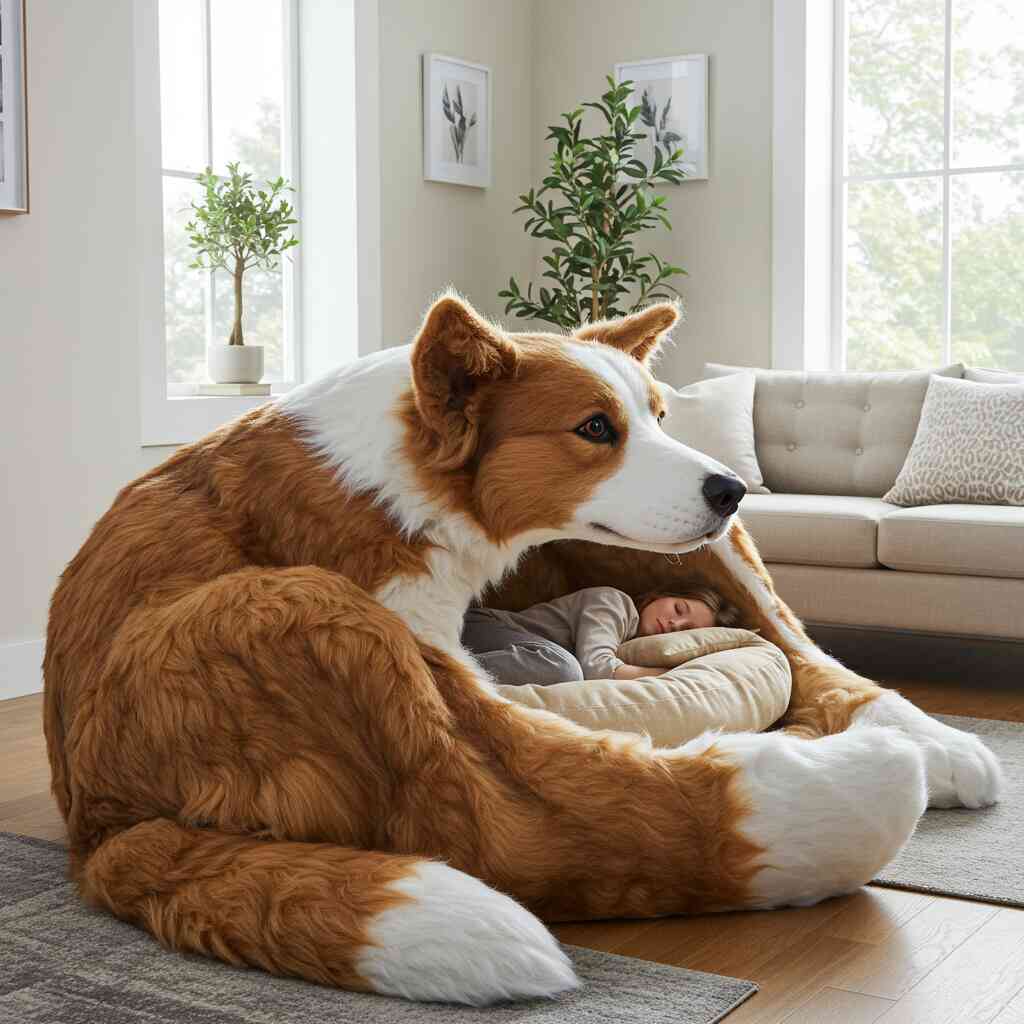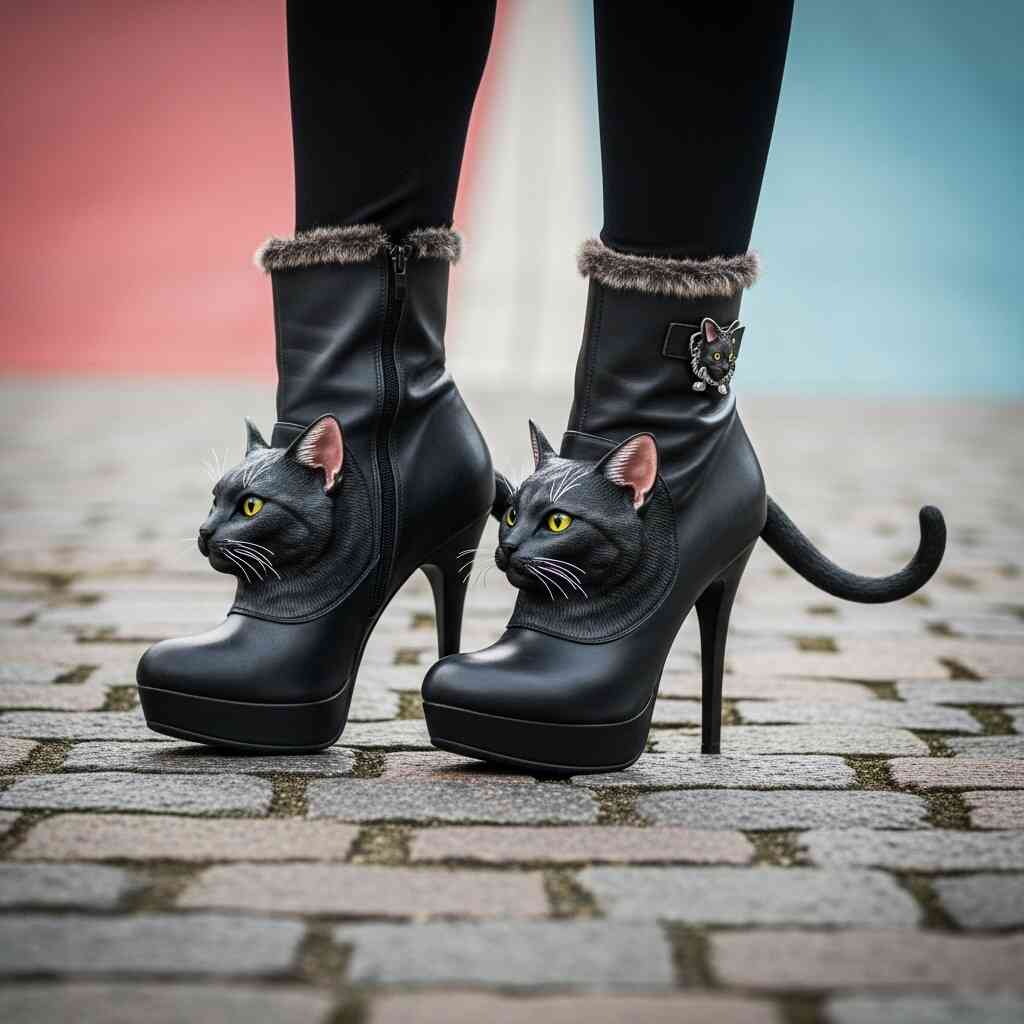In the ever-evolving realm of fashion, where creativity knows no bounds and self-expression reigns supreme, one particular niche has captured the imagination of designers, artists, and wearers alike—animal feet shaped boots. These unconventional yet captivating footwear pieces are more than just shoes; they represent a bold artistic movement that blends fantasy with reality, nature with human craftsmanship, and comfort with curiosity.
Animal feet shaped boots have emerged as a unique fashion statement, drawing inspiration from the anatomy of animals such as deer, cats, wolves, bears, and even mythical creatures like dragons or phoenixes. Their design mimics the paws, hooves, claws, or talons of various species, creating an aesthetic that is both whimsical and deeply rooted in cultural symbolism. Whether crafted for costume purposes, performance art, cosplay, or avant-garde fashion shows, these boots challenge traditional notions of footwear and invite us to explore new dimensions of identity, storytelling, and personal style.
This article delves into the fascinating world of animal feet shaped boots, exploring their origins, their role in contemporary culture, and the reasons behind their growing appeal among fashion enthusiasts and creative individuals. Through detailed analysis and thoughtful reflection, we will uncover how these uniquely designed boots serve as more than just accessories—they become extensions of the wearer’s personality, embodiments of imagination, and symbols of individuality.
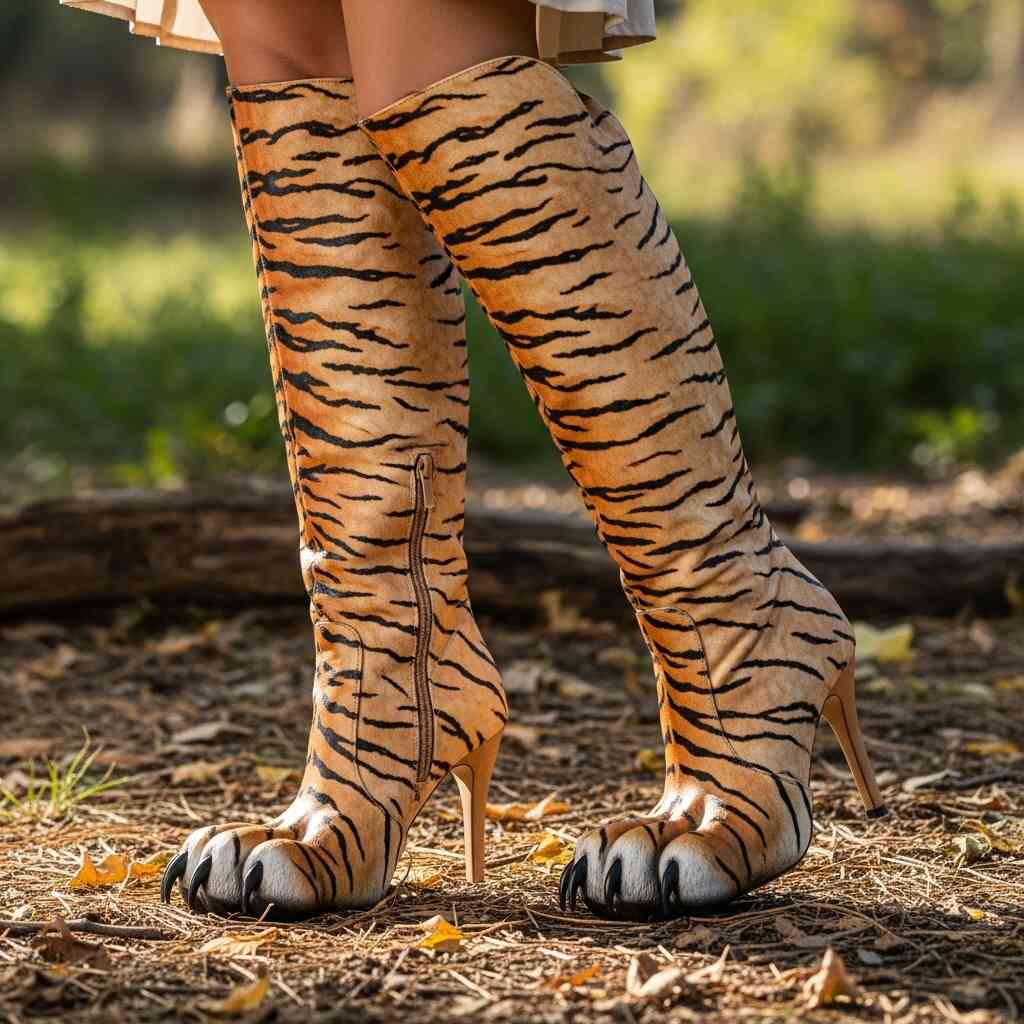
Part I: Origins and Evolution of Animal Feet Shaped Boots
From Folklore to Fashion: Tracing Historical Roots
While modern iterations of animal feet shaped boots may seem like a product of 21st-century innovation, their roots can be traced back through centuries of folklore, mythology, and ceremonial dress. In many ancient cultures, animal motifs were deeply embedded in clothing and adornment, often symbolizing strength, wisdom, protection, or spiritual connection. For instance, shamans and tribal leaders would don garments made from animal hides and wear boots resembling animal paws during rituals, believing that such attire allowed them to channel the spirit of the creature they represented.
In Europe, medieval festivals and masquerade balls saw participants wearing elaborate costumes, including foot coverings that imitated the feet of beasts—goats, foxes, and even devils. These early forms of animal-shaped footwear served both decorative and symbolic purposes, often used to convey status, tell stories, or instill awe in onlookers.
As time progressed, these elements found their way into theatrical performances, where actors portraying fantastical characters needed appropriate footwear to complete their transformation. Think of fairy tale adaptations, stage plays, and early cinematic productions—each required props and costumes that could convincingly transport audiences into otherworldly realms. Animal feet shaped boots became essential tools in this visual storytelling process.
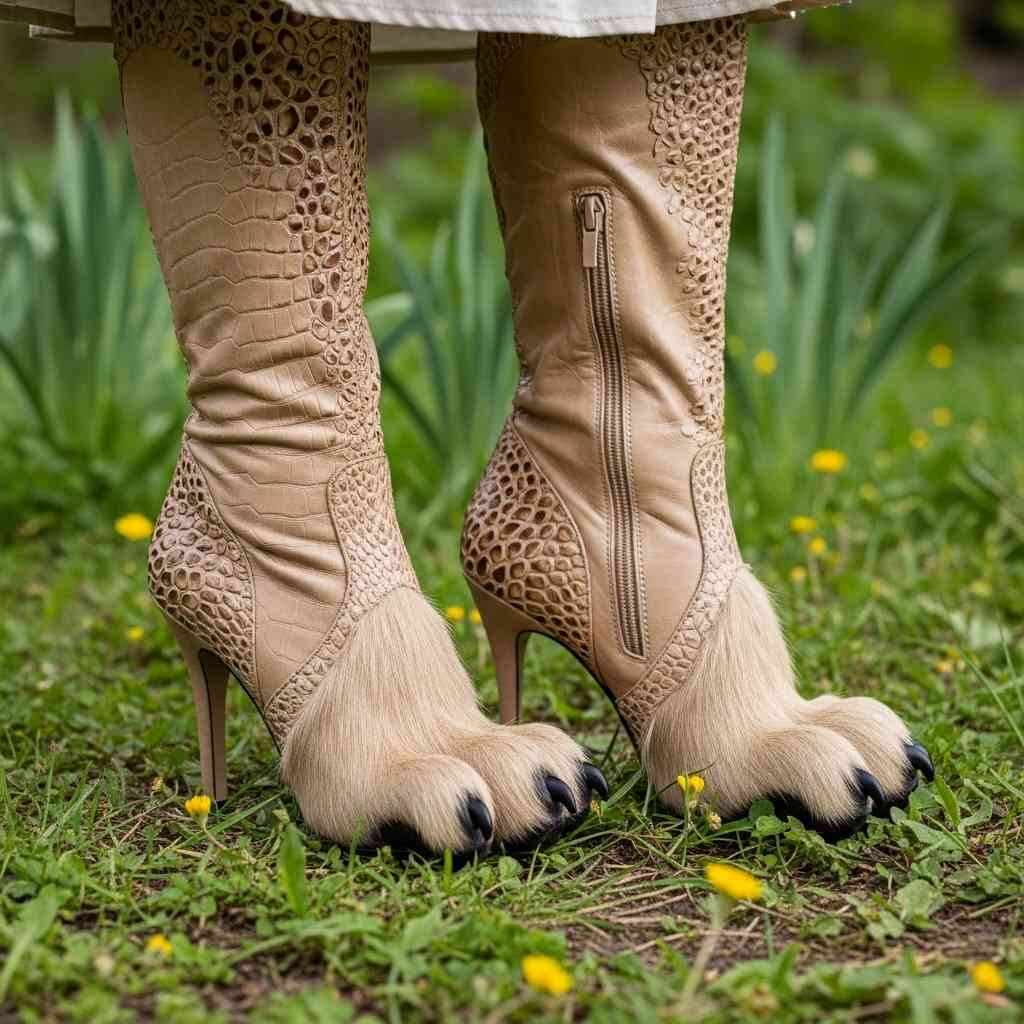
The Rise of Fantasy and Cosplay Culture
With the rise of fantasy literature, comic books, and later, video games and animated films, the demand for immersive character representation grew exponentially. Fans began not only consuming media but also embodying their favorite characters through cosplay (costume play). This subculture embraced every detail, from headpieces to footwear, making animal feet shaped boots increasingly popular among those who wanted to bring their fictional personas to life.
Designers responded by creating more intricate and realistic versions of these boots, using materials like faux fur, rubber, foam, and even thermoplastic for durability and comfort. The attention to anatomical accuracy improved, and so did the variety—boots began to reflect not only real animals but also chimeric and mythological beings, further expanding the scope of what was possible.
Today, these boots are seen at conventions, parades, renaissance fairs, and themed events around the world, serving as a testament to the enduring power of storytelling and the human desire to inhabit different identities, even if only temporarily.
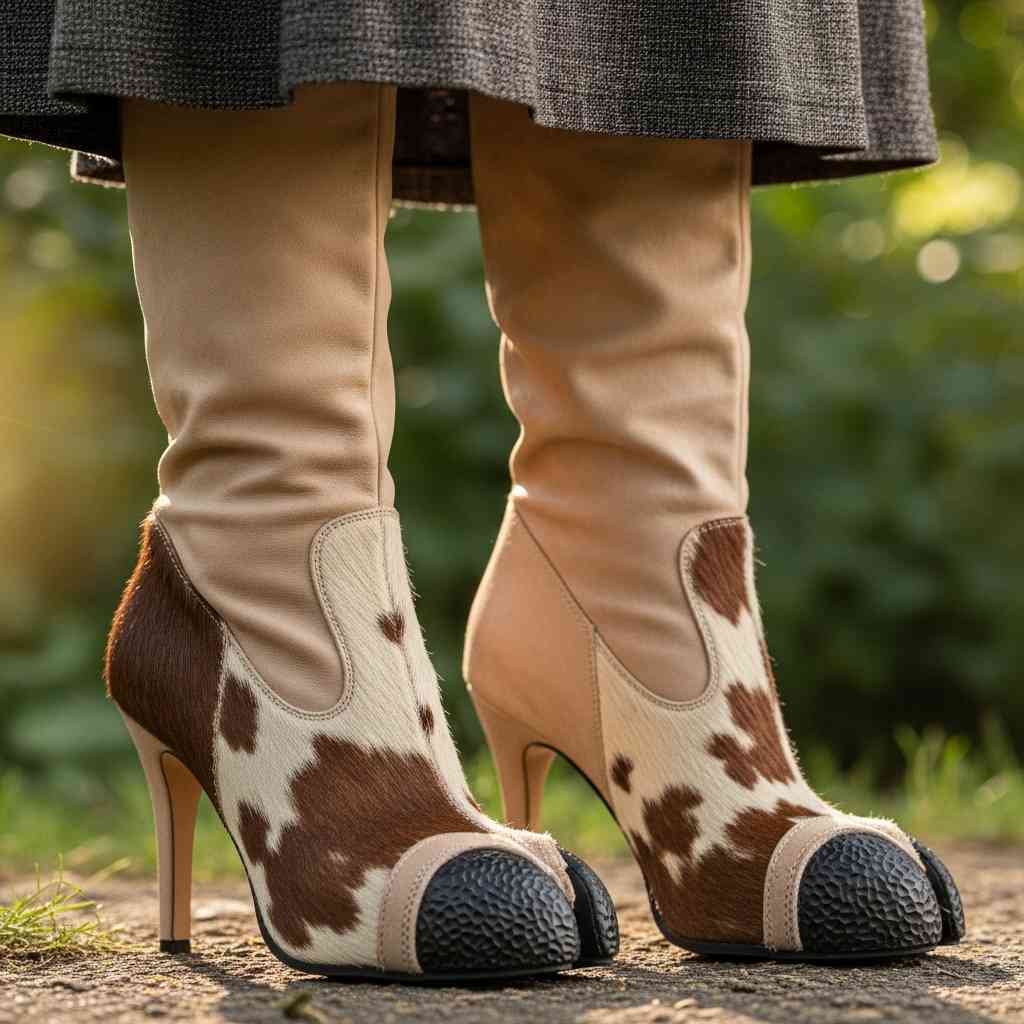
Part II: Design Philosophy and Symbolism Behind Animal Feet Shaped Boots
The Art of Mimicry: Anatomy Meets Aesthetics
At the heart of animal feet shaped boots lies the principle of mimicry—not in the biological sense, but rather in the artistic interpretation of natural forms. Designers study the structure of animal limbs, observing how muscles, tendons, and bones create movement and shape. They then translate these organic curves and contours into wearable sculptures, ensuring that the boots remain functional while evoking a strong visual impact.
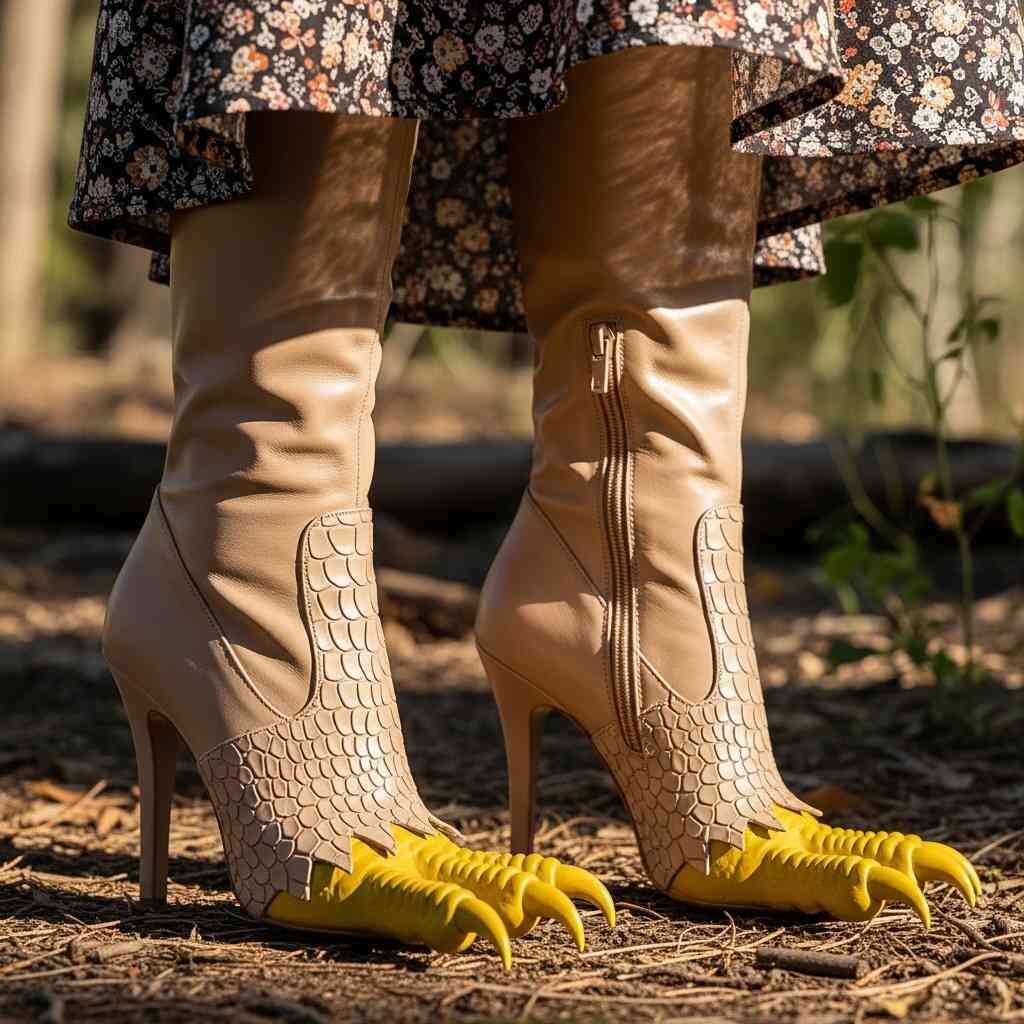
Each type of boot tells a different story based on the animal it represents:
- Feline-Inspired Boots: Often sleek and agile, these designs emphasize stealth and grace, appealing to those who want to embody qualities like independence and mystery.
- Canine-Inspired Boots: Representing loyalty and pack mentality, these boots are commonly associated with werewolf themes or dog-like companions in fantasy settings.
- Hoofed Animal Boots: Resembling the feet of deer, horses, or goats, these designs evoke a sense of wildness and freedom, often worn by those seeking a connection with nature or pagan traditions.
- Mythical Creature Boots: Drawing from dragons, griffins, or centaurs, these creations push the boundaries of realism, allowing wearers to step into the shoes of legends.
The level of detail in these boots can be astonishing. Some feature textured surfaces that replicate the feel of fur or scales, while others incorporate mechanical elements to simulate movement. The goal is not merely to look like an animal’s foot but to capture its essence—to make the wearer feel transformed, even empowered.
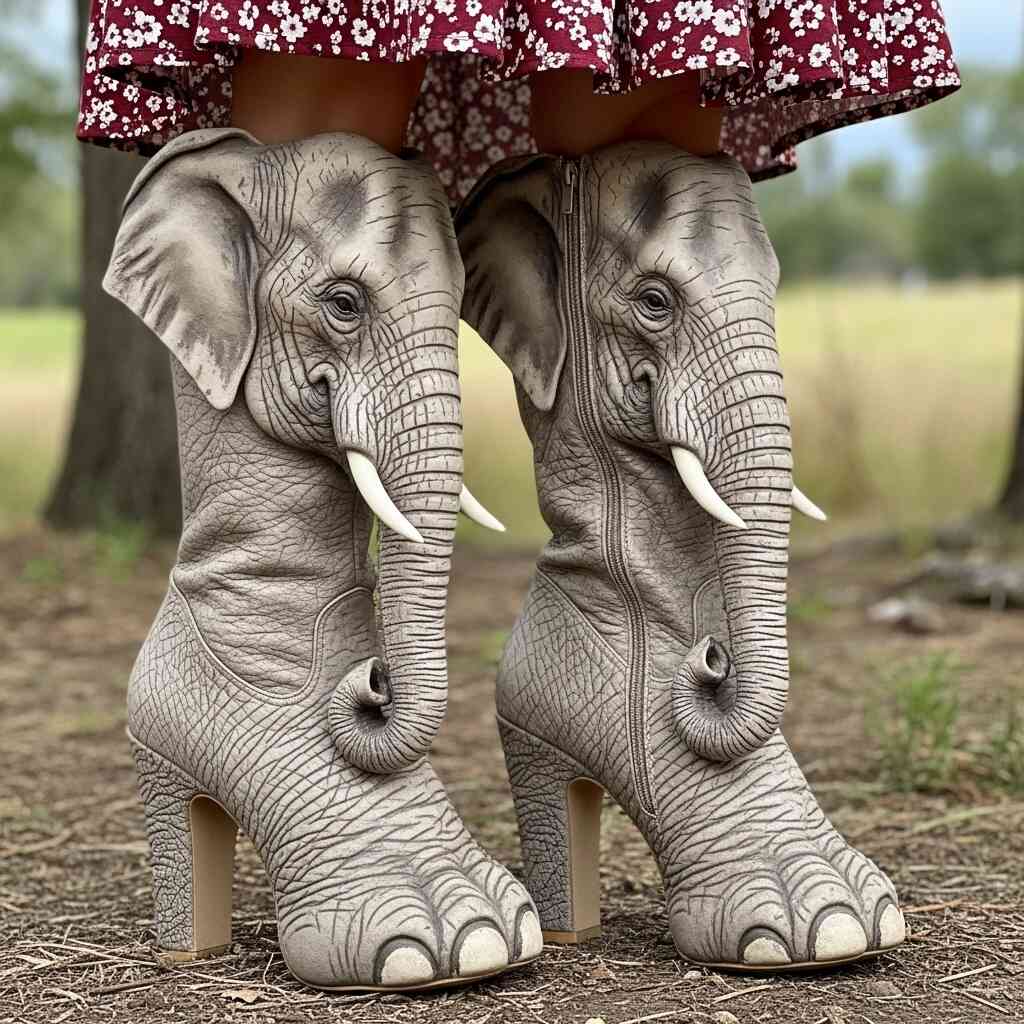
Symbolism and Identity Expression
Beyond their visual appeal, animal feet shaped boots carry deep symbolic meaning. Animals have long been associated with specific traits across various cultures. Wearing a pair of wolf-like boots might signify leadership or resilience, while owl-inspired footwear could symbolize wisdom and intuition. By choosing a particular animal motif, the wearer makes a conscious decision about how they wish to present themselves to the world.
Moreover, these boots offer a form of nonverbal communication. In social spaces like conventions or festivals, they act as conversation starters, signaling shared interests or affiliations. They allow individuals to express aspects of their personality that might otherwise remain hidden in everyday attire. For some, it’s a playful exploration of fantasy; for others, it’s a deeper connection to ancestral or spiritual beliefs.
In this way, animal feet shaped boots transcend mere fashion—they become vessels of identity, storytelling, and community building. They enable people to explore alternate selves, to inhabit narratives beyond their daily lives, and to connect with others who share similar passions.
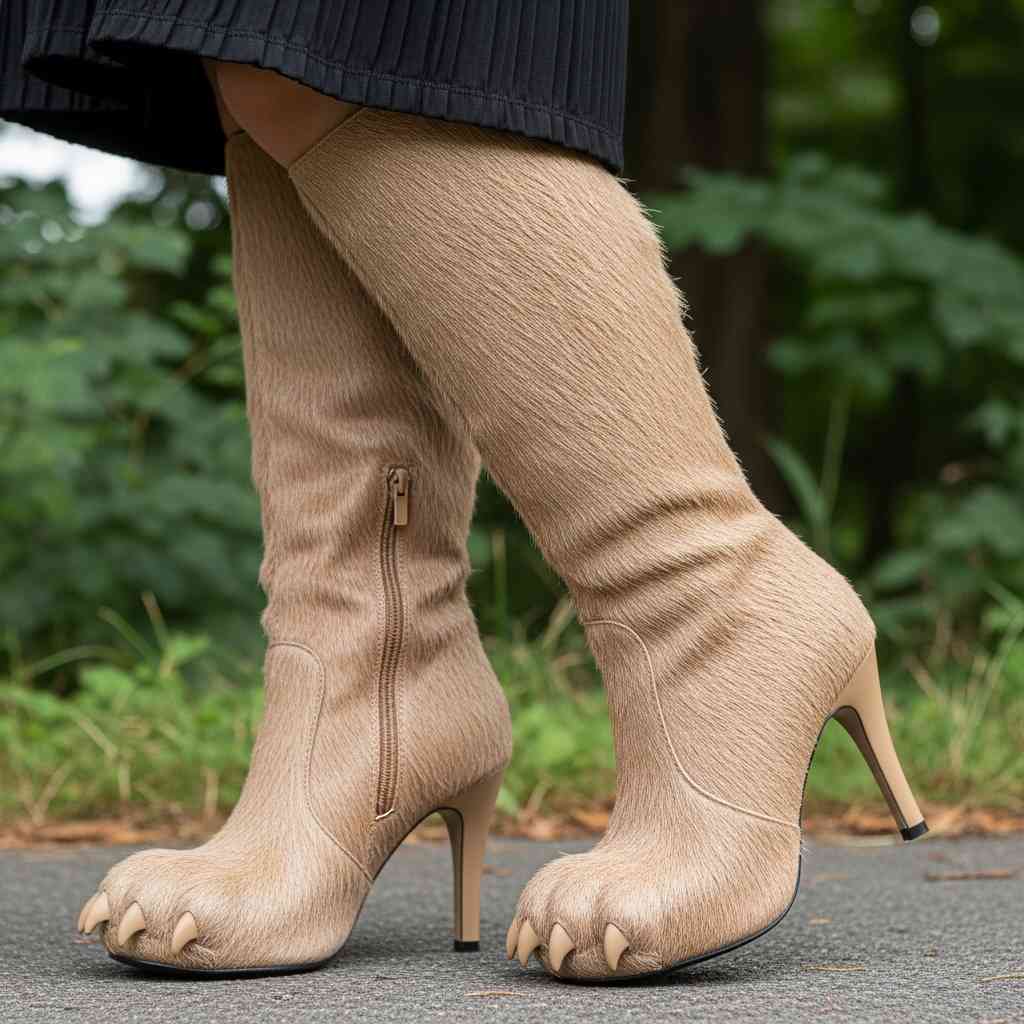
Part III: Cultural Impact and Future Possibilities
Mainstream Recognition and Media Influence
Though once confined to niche circles, animal feet shaped boots have begun to receive broader recognition thanks to their appearances in film, television, music videos, and high fashion runways. Directors and costume designers use them to enhance character development, especially in genres like sci-fi, fantasy, and horror. Musicians, particularly in alternative and electronic scenes, have adopted them as part of their stage personas, adding drama and intrigue to live performances.
Fashion houses have also taken notice. While traditionally grounded in realism, haute couture has always flirted with the surreal, and animal feet shaped boots fit perfectly within this experimental space. Designers are experimenting with sustainable materials, integrating technology for motion effects, and pushing the limits of what constitutes “acceptable” footwear in mainstream fashion.
Psychological and Emotional Effects
Wearing animal feet shaped boots can have profound psychological effects on the wearer. Studies in psychology suggest that clothing influences behavior—a concept known as “enclothed cognition.” When someone puts on a costume or distinctive outfit, they may unconsciously adopt the characteristics associated with that attire. Thus, slipping into a pair of dragon-claw boots might inspire confidence and assertiveness, while deer-hoof inspired footwear could encourage a sense of lightness and agility.
Additionally, for individuals dealing with anxiety or low self-esteem, these boots can provide a safe outlet for self-expression and empowerment. They allow wearers to step outside societal norms and embrace parts of themselves that might not align with conventional expectations. In therapeutic settings, costume-based activities have been used to help people explore emotions, build confidence, and foster creativity—all of which can be facilitated through the experience of wearing animal feet shaped boots.
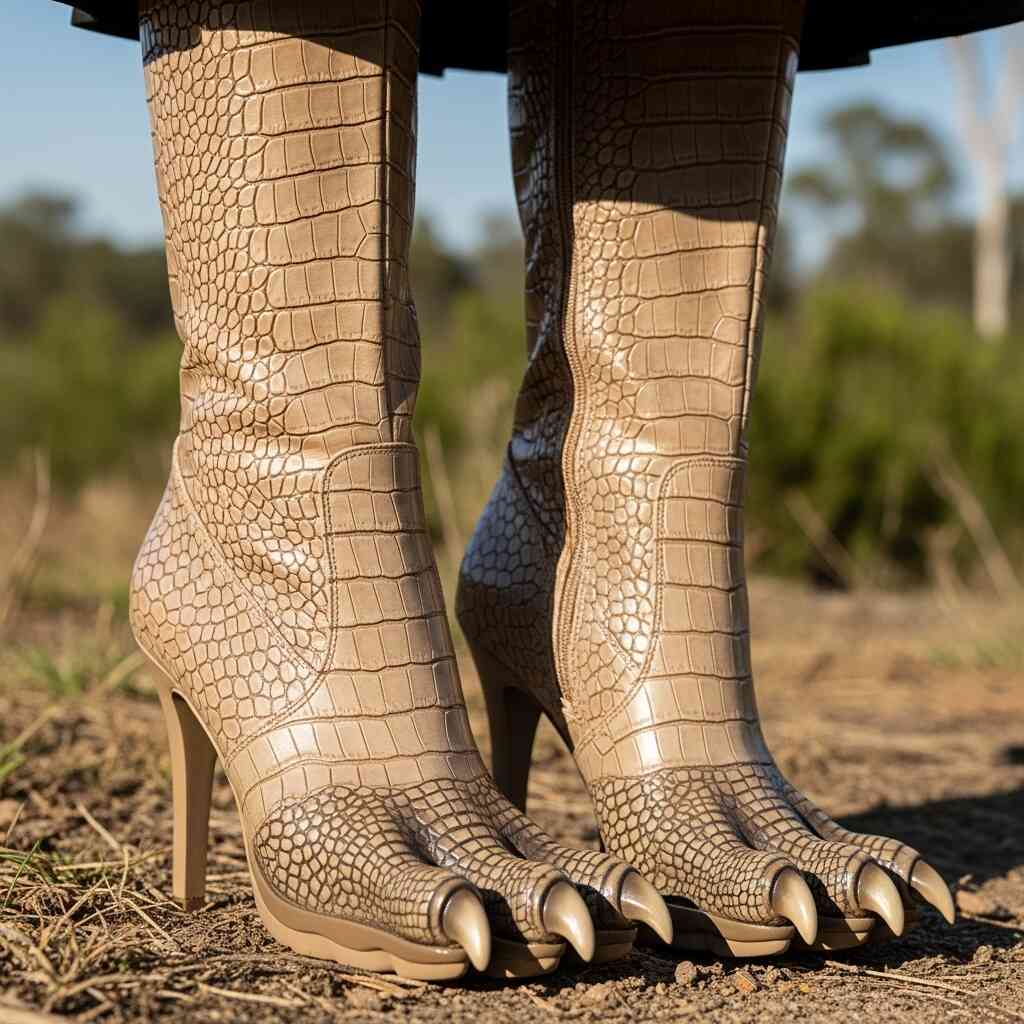
Sustainability and Ethical Considerations
As awareness of environmental issues grows, so too does the emphasis on sustainability in fashion. Many creators of animal feet shaped boots are turning to eco-friendly materials, avoiding animal products, and prioritizing ethical production methods. Vegan leather, recycled plastics, biodegradable foams, and plant-based dyes are becoming common in the construction of these boots. This shift not only reduces ecological impact but also aligns with the values of a new generation of consumers who seek both style and responsibility.
Furthermore, the trend toward handmade and artisanal craftsmanship has revitalized small-scale production, supporting independent makers and fostering local economies. Each pair of boots becomes a unique piece of wearable art, reflecting the skill and vision of its creator while minimizing mass consumption and waste.
Looking Ahead: The Future of Animal Feet Shaped Boots
What does the future hold for this intriguing fashion phenomenon? As technology continues to advance, we may see the integration of augmented reality features, customizable LED lighting, or responsive materials that change texture or color based on movement. Wearable tech could allow these boots to interact with digital environments, blending physical and virtual experiences.
Moreover, as society becomes more accepting of diverse expressions of identity, animal feet shaped boots may find their way into everyday wardrobes, no longer limited to special occasions or subcultures. They could evolve into symbols of inclusivity and self-affirmation, embraced by people from all walks of life who appreciate the beauty of difference.
Ultimately, the fascination with animal feet shaped boots lies in their ability to merge imagination with reality, tradition with innovation, and function with fantasy. They remind us that fashion is not just about covering our bodies—it’s about expressing our souls, telling our stories, and stepping boldly into the worlds we dream of inhabiting.
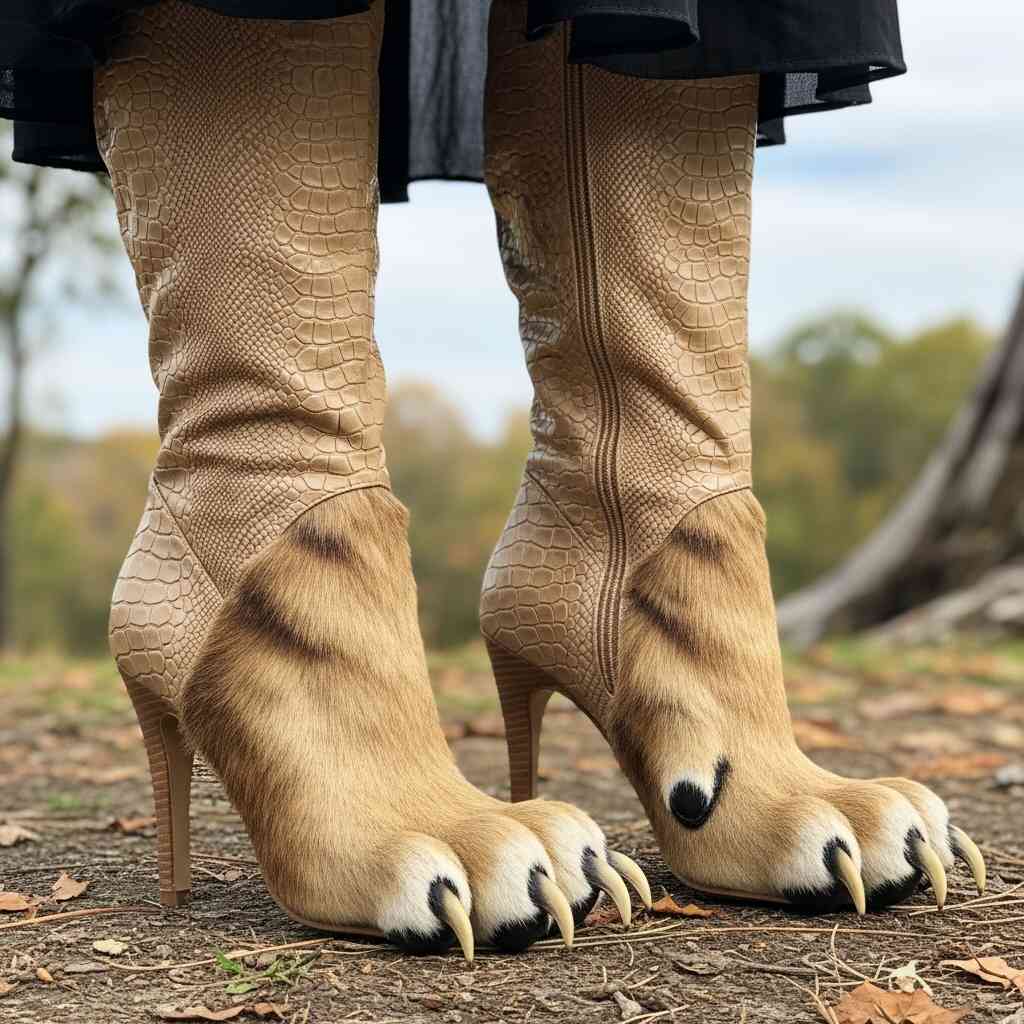
Conclusion: Embracing the Wild Side of Self-Expression
Animal feet shaped boots are far more than a passing trend or novelty item. They represent a powerful convergence of art, culture, identity, and emotion. By transforming the humble shoe into a canvas for creativity, these boots invite us to reimagine what fashion can be—not just a means of dressing the body, but a tool for exploring the depths of our imaginations.
From their historical roots in ritualistic attire to their modern-day presence in cosplay, theater, and avant-garde fashion, animal feet shaped boots continue to captivate and inspire. They challenge us to think beyond the ordinary, to celebrate the diversity of life, and to embrace the wild, untamed aspects of ourselves.
Whether you’re drawn to their intricate design, their symbolic resonance, or simply their eye-catching appeal, there’s no denying the allure of these extraordinary creations. In a world that often encourages conformity, animal feet shaped boots stand as a reminder that it’s okay—and perhaps even necessary—to walk differently, to leave your own kind of footprint, and to proudly display the inner beast, guardian, or legend that resides within you.
So, the next time you see a pair of boots shaped like the paws of a wolf, the hooves of a stag, or the talons of a dragon, remember: they’re not just shoes. They’re a declaration of individuality, a celebration of creativity, and a tribute to the timeless bond between humans and the animal kingdom.
And in that, they truly are a fascinating world unto themselves.

